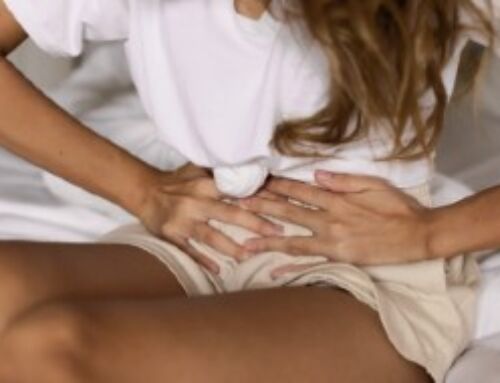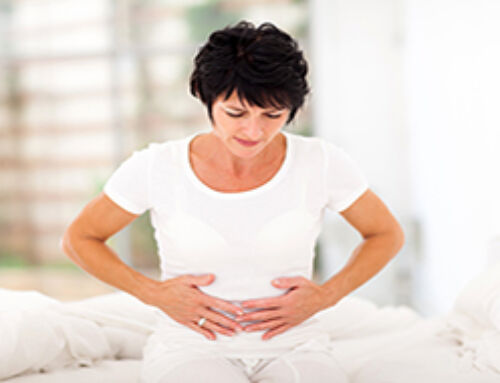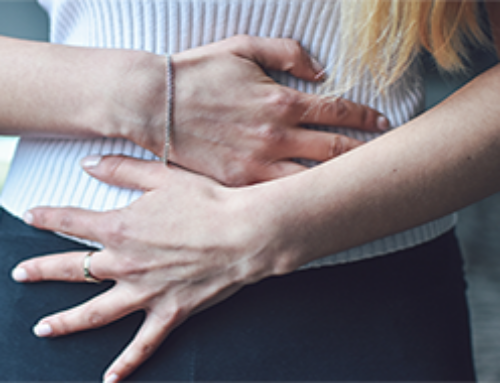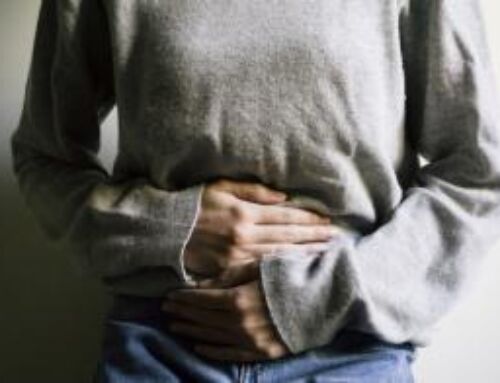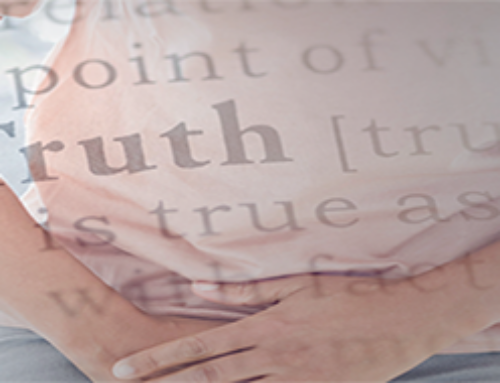Joanne’s Urinary Stress Incontinence and Pelvic Organ Prolapse Affected her Quality of Life “
 Joanne felt she could never completely empty her bladder. Even though she went to the bathroom every couple of hours, it didn’t relieve the pressure and discomfort in her pelvis. She leaked urine every time she sneezed, and sometimes the urge to urinate was so strong she could barely control it, especially when heading to the bathroom. At first, Joanne thought she had a bladder infection, but after dropping off a urine sample with her doctor and learning it was negative, she wasn’t sure what was wrong.
Joanne felt she could never completely empty her bladder. Even though she went to the bathroom every couple of hours, it didn’t relieve the pressure and discomfort in her pelvis. She leaked urine every time she sneezed, and sometimes the urge to urinate was so strong she could barely control it, especially when heading to the bathroom. At first, Joanne thought she had a bladder infection, but after dropping off a urine sample with her doctor and learning it was negative, she wasn’t sure what was wrong.
One day while at lunch with a close friend she had to run to the restroom three times, and finally decided to her confide her symptoms. Her friend asked if she had been evaluated for a dropped uterus, or female prolapse, to which Joanne responded: “what is prolapse in women”? As her friend described stress urinary incontinence and common uterine prolapse symptoms Joanne was amazed she’d never heard about the condition before. This sounded like her problem.
Screening of the pelvic organ prolapse without a physical examination
“Pelvic organ prolapse (POP) is a silent disorder with a huge impact on women’s quality of life.”
Read more about Pelvic organ prolapse at http://www.biomedcentral.com/1472-6874/11/48/
Pelvic organ prolapse and its associated symptoms have a significant impact on women’s wellbeing. A national research study found that prolapse affects women’s pain levels, physical mobility, energy, ability to sleep, and emotions; some women feel socially isolated. Many women have not openly discussed their symptoms, but the sheer number of women impacted means it’s time to have an open dialogue.
Roughly One Quarter of U.S. Women Affected by Pelvic Floor Disorders
“Nearly 24 percent of U.S. women are affected with one or more pelvic floor disorders, report researchers funded by the National Institutes of Health.”
Read more about Pelvic Floor Disorders at http://www.nih.gov/news/health/sep2008/nichd-17.htm
Joanne went online to learn more about what causes prolapse in women. She was also wondering, is uterine prolapse dangerous? Joanne found that pregnancy and childbirth are one of the primary causes of prolapse. Additional factors that contribute to prolapse include obesity, chronic constipation and straining, repeated heavy lifting, smoking, genetics and neurological complications. A woman with pelvic pressure, difficulty urinating or having a bowel movement, or any other unusual symptoms should see her doctor for evaluation. If diagnosed with prolapse it’s important to have a discussion about prolapsed uterus treatment with a specialist, such as a uro-gynecologist.
Resources: Fritel X, Varnoux N, Zins M, Breart G, Ringa V. (2009) Symptomatic pelvic organ prolapse at midlife, quality of life, and risk factors. Obstetrics and Gynecology 113(3):609-16
Social Media Tags: dropped uterus, female prolapse, stress urinary incontinence , uterine prolapse symptoms, prolapsed uterus treatment


